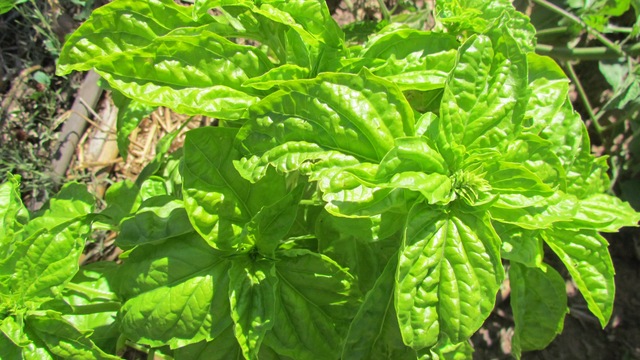Locovore: Making The Most Out Of Season-End Basil And Corn
A Happy Problem For Season-End Basil And Corn


Forage for storage
Ari LeVaux
Latest Article|September 3, 2020|Free
::Making Grown Men Cry Since 1992


Forage for storage
Ari LeVaux
